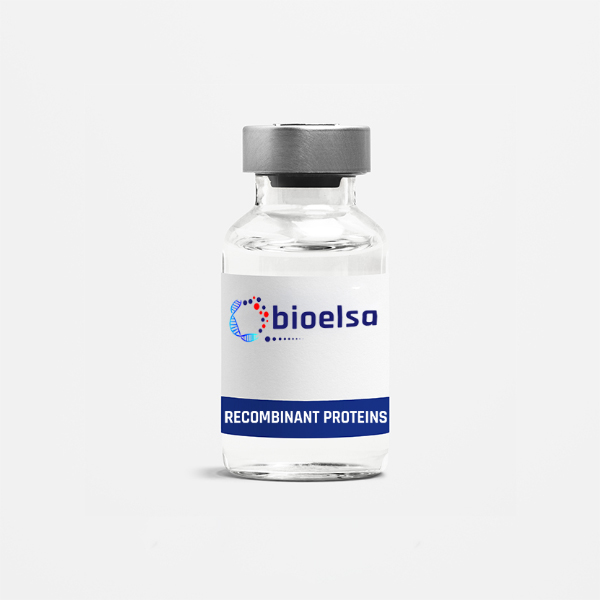| Gene ID |
3082 |
| Accession | P14210 |
| Alternative Name | HGF, Hepatopoietin-A, HPTA, Scatter factor, SFRecombinant Human Hepatocyte Growth Factor (HGF) |
| Species | Human |
| Source | HEK293 |
| Description | Hepatocyte growth factor (HGF) is a multifunctional cytokine that was originally described as a mesenchymal-derived factor that regulates cell growth, cell motility, morphogenesis and angiogenesis through activation of its receptor, the transmembrane tyrosine kinase encoded by the c-Met proto-oncogene. HGF and c-Met are often co-expressed or over-expressed in a variety of human malignancies including glioblastoma and medullablastoma. The multifunctional effects of HGF: c-Met signaling in tumor cells are mediated by a network of signal transduction pathways including mitogen-activated protein kinase (MAPK) and phosphoinositide 3-kinase (PI3K). HGF consists of two subunits held by a disulfide bond. The alpha subunit (69 kDa) has a length of 440 amino acids and the beta subunit (34 kDa) has a length of 234 amino acids. The beta chain of the factor shows approximately 38% homology at the protein level to the serine protease domain of plasminogen. Recombinant HGF expressed in human 293 cells and has a molecular mass of 70 kDa, lower compared to the Molecular mass for this cytokine expressed in CHO cells which emphasizes the difference in post translational modifications. |
| Accession | P14210 |
| Functions | The EC(50) as determined by the dose-dependent stimulation of the proliferation of the monkey epithelial cell line 4MBr-5 was found to be ? 20 ng/mL. |
| Formulation | 1x PBS |
| Solubility | A quick spin of the vial followed by reconstitution in sterile 1xPBS containing 0.1% endotoxin-free
recombinant human serum albumin (HSA). |
| Appearance | Lyophilized Powder |
| Molecular Weight | N/A |
| Purity | >95% as determined by SDS-PAGE |
| Concentration | <1 EU/μg of recombinant protein as determined by the LAL method |
| Shipping Condition | Ambient Temperature |
| Storage Condition | The lyophilized protein is stable for at least one year from date of receipt at -70?C. Upon reconstitution, this cytokine can be stored in working aliquots at 2? - 8?C for one month, or at -20?C for six months. Avoid repeated freeze/thaw cycles. |
